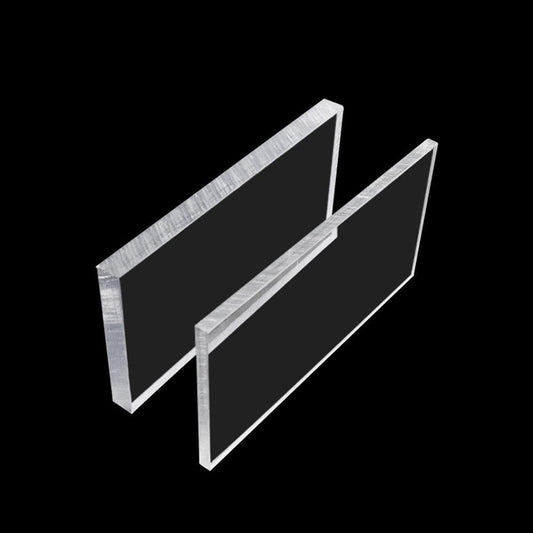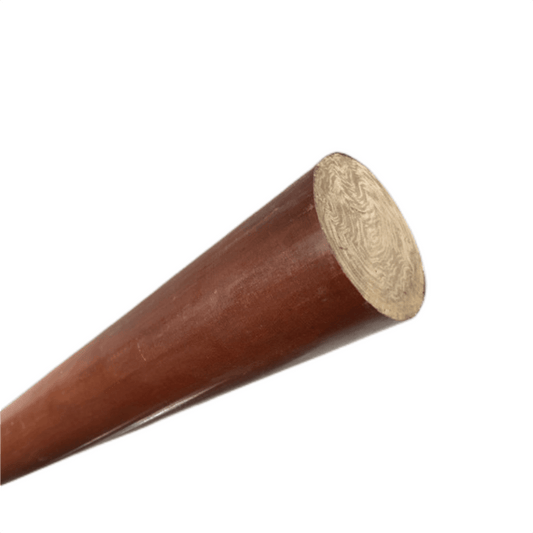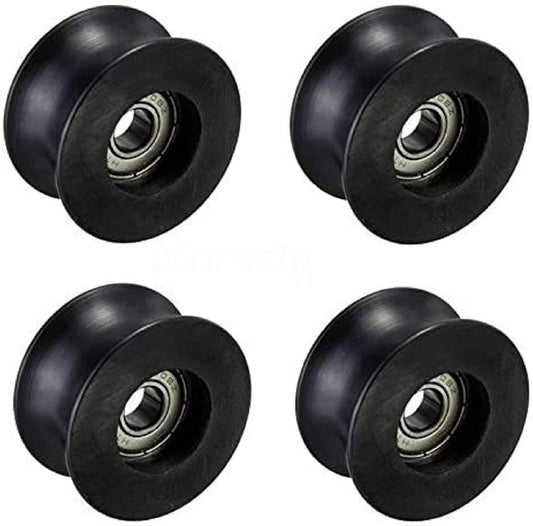Polyimide (PI) plastics are an important class of high-performance engineering thermoplastic materials used in a wide variety of industries. With excellent thermal, mechanical, and chemical properties, polyimide plastics outperform other plastics in demanding environments. This article will provide an overview of the many applications and uses of these versatile PI plastics.
🎉🎉🎉Limited Time Offer Use code: QR4GNY08SHVR at checkout and enjoy a special discount on your entire order! 👉 Polyimide plastic

Introduction to Polyimide Plastics
Polyimide plastics contain long chains of imide monomers that impart key attributes like:
- High heat resistance
- Excellent chemical resistance
- High mechanical strength
- Good dielectric properties
These make polyimide plastics ideal for applications that require materials that can withstand extreme temperatures, caustic chemicals, and wear and friction over time. Major PI plastic types include P84, Kapton, Vespel, and others.
Aerospace and Aviation Applications
The aerospace industry takes advantage of many polyimide plastic properties. PI plastics have high heat resistance exceeding 572°F (300°C), making them suitable for aerospace wiring insulation and other components.
Polyimide Insulated Aerospace Wire
Aerospace grade PI plastic films are used to insulate wiring due to its high dielectric strength. This wire insulation does not melt or burn easily and protects aircraft electrical systems at altitudes up to 100,000 feet.
Jet Engine Components
PI plastic's thermal stability allows it to be formed into bearing cages, bushings, and washers within jet engines. The high heat tolerance prevents failure of engine parts at extreme temperatures.

Polyimide Plastic Uses in Electronics
With good insulation properties and heat resistance, PI plastics serve well in electronics applications including:
Flexible Printed Circuits
Flexible printed circuits frequently use polyimide plastic film substrates. PI plastic films provide flexibility along with thermal and chemical stability for long life.
Wire and Cable Insulation
PI plastic films or tubing insulate wires and cables in consumer electronics and industrial equipment. The high dielectric strength resists electrical breakdown.
Circuit Boards
Glass fiber reinforced PI laminates are used to fabricate printed circuit boards. The dimensionally stable PI plastic boards withstand soldering temperatures.

Automotive and Machinery Applications
Polyimide parts withstand friction, wear, and high heat in automotive and machinery environments:
Bushings and Washers
PI plastic bushings, washers, and thrust washers maintain dimensional integrity even at temperatures over 500°F (260°C). This makes them well-suited for automotive engines.
Wear Pads
PI plastic wear pads protect equipment while resisting abrasion. Used in escalators, conveyors, and other machinery. The self-lubricating nature reduces maintenance.
Motor Insulation
Wire insulation made of polyimide withstands the high heat conditions within electric motors. It helps prevent short circuits in generator windings too.

Polyimide for Medical Devices
PI plastics meet the demanding requirements of medical device applications:
Implants and Prosthetics
The biocompatible and chemically inert nature of polyimide allows its use in implants and prosthetics that reside inside the human body. Devices include skull plates and intraocular lenses.
Catheters and Tubing
Thin-walled PI plastic tubing forms the lumens of catheters for angioplasty and other procedures. It withstands repeated autoclave sterilization cycles.
Dental Equipment
Wear-resistant PI plastic bushings and washers support rotating parts within dental equipment. The self-lubricating properties reduce friction and noise.
Fabricating and Machining PI Plastic Parts
While tough, polyimide parts can be fabricated using conventional plastics processes:
Injection Molding
PI plastics can be injection molded to net shape with tight tolerances. This allows intricate, detailed PI plastic components to be mass-produced.
Machining Methods
Polyimide parts are readily machined by sawing, laser cutting, drilling, milling, and turning. Carbide tooling with high cutting speeds is recommended.
Joining Techniques
Adhesive bonding, ultrasonic welding, and mechanical fasteners join polyimide parts. Surface preparations like plasma or chemical etching may help.

The Future of PI Plastics Technology
Polyimide plastics will continue meeting demands for ever lighter, smaller, and more reliable products especially in aerospace, electronics, and medical. Advances in polyimide materials and fabrication will open up new applications and industries for these exceptional high-performance plastics.







